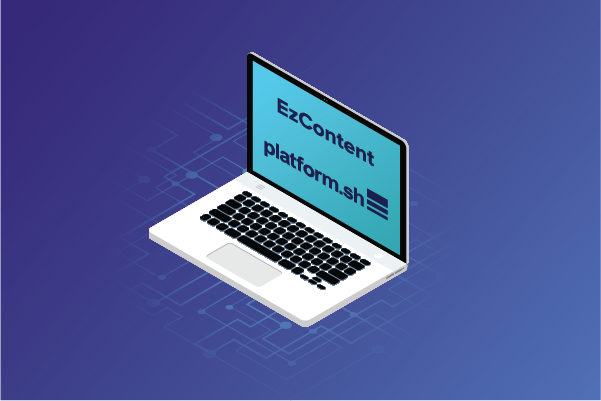The world today is interconnected, more than ever before, through data, devices, and technology. Enterprises need to manage and leverage voluminous amounts of data generated from different sources. They have understood that they have to jump onto the CMS bandwagon, which can provide them with omnichannel strategies to create unique and compelling customer experiences.
Companies are moving away from traditional CMS to API-driven headless or decoupled systems. A study indicates that the global headless CMS software market will expand approximately 5x over the next decade; from US$328.5 mn in 2020 to US$1.6 bn by 2027.
Srijan, sensing the enormity of such an opportunity, ventured into this space with EzContent. It is an open-source, full-featured coupled, and headless CMS with a wide variety of essential, out-of-the-box content management capabilities. The most prominent capabilities are rich content editing supported by artificial intelligence and machine learning.
This blog will help you in deploying EzContent on the Platform.sh and quickly accessing its demo content.
Platform.sh, our PaaS provider, enhances the content management experience provided by EzContent. It enables easy installation of EzContent and ensures front-end flexibility with one unified workflow. Enterprises can deploy it in real-time to build and scale web applications faster with zero infrastructure management and deliver bespoke experiences.
How To Install EzContent On The Cloud
To deploy EzContent on the platform. sh, perform the following procedure:
Note: To use Platform.sh, you need to be a registered user. If you do not have an account, please visit its site to register to access your free trial and create fresh templates.
1. To create a project, click Add project > type the Project Name, the region you want to host it in, and press Enter:
3. Next, select the project to navigate through the steps for setting it up on your local computer:
6. Type the platform (CLI command) in your terminal to validate if the CLI is correctly installed.
7. To authenticate your access, you will be prompted to log on via a browser. When you log on successfully, a list of the projects, along with some tips, is displayed:
9. When the project is configured on your local computer, the application code has to be added to the project. Go to platforms-ezcontent > Drupal folder to download the Drupal application code.
10. Add routes.yaml and services.yaml inside the Routes.yaml & Services.yaml .platform folder:
"https://backend.{default}/":
type: upstream
upstream: "drupal:http"
cache:
enabled: true
# Base the cache on the session cookie and custom Drupal cookies. Ignore all other cookies.
cookies: ['/^SS?ESS/', '/^Drupal.visitor/']
"https://www.backend.{default}/":
type: redirect
to: "https://backend.{default}/"
11. Now you can deploy the Drupal application on Platform. sh by just typing platform push (CLI Command) in your terminal. It will take some time, as it will be downloading all the dependencies and deploying your application:
12. When successfully deployed, you can access your site by going to the dashboard. Under your project, click Services to locate the URL
17. After the EzContent Demo module is successfully installed, you can view the content - Landing page and Articles:
Wrapping up
I hope that this article will help you to quickly deploy EzContent on Platform. sh. Also, you can amplify its benefits for faster development, enhanced editorial capabilities, and delivering unified digital experiences.
Also, stay tuned for the next blog - How to Access EzContent on Gatsby.
Our Services
Customer Experience Management
- Content Management
- Marketing Automation
- Mobile Application Development
- Drupal Support and Maintanence
Enterprise Modernization, Platforms & Cloud
- Modernization Strategy
- API Management & Developer Portals
- Hybrid Cloud & Cloud Native Platforms
- Site Reliability Engineering





